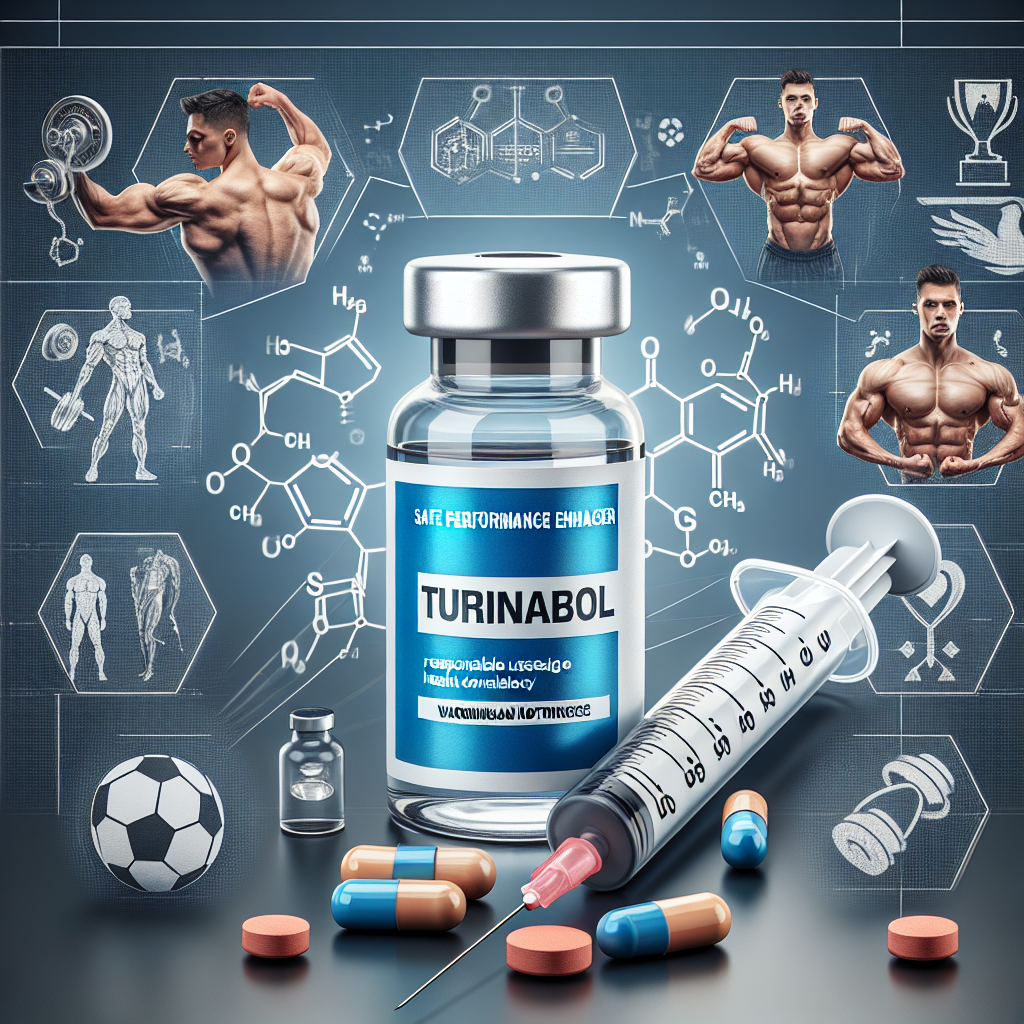-
Table of Contents
Sintol and Sports Performance: A Literature Review
Sintol, also known as synthol, is a controversial substance that has gained popularity among bodybuilders and athletes for its ability to enhance muscle appearance and size. However, its use has also been associated with serious health risks and has been banned by many sports organizations. In this article, we will review the current literature on Sintol and its effects on sports performance.
What is Sintol?
Sintol is a site enhancement oil (SEO) that is injected directly into muscles to create the appearance of larger and more defined muscles. It is a mixture of oil, alcohol, and lidocaine, and is not a steroid or hormone. The oil component of Sintol is typically medium-chain triglycerides (MCTs), which are commonly used in bodybuilding supplements for their ability to increase energy and promote fat loss.
While Sintol is not a new substance, its use in the sports world has gained attention in recent years due to its extreme effects on muscle appearance. It is often used by bodybuilders and athletes who want to quickly enhance their muscle size and definition, without putting in the hard work and dedication required for natural muscle growth.
Pharmacokinetics and Pharmacodynamics of Sintol
When injected into muscles, Sintol forms a pocket of oil that expands and hardens, creating the appearance of larger muscles. The lidocaine component of Sintol provides a numbing effect, making the injections less painful. However, the effects of Sintol are purely cosmetic and do not actually increase muscle strength or performance.
The pharmacokinetics of Sintol are not well-studied, as it is not a regulated substance and its use is often undocumented. However, it is believed that the MCTs in Sintol are metabolized by the liver and used as a source of energy, while the oil component remains in the muscle tissue for an extended period of time.
The pharmacodynamics of Sintol are also not well-understood, but it is believed that the oil component of Sintol causes inflammation and swelling in the injected muscles, which creates the appearance of larger muscles. This inflammation can also lead to serious health risks, as discussed in the next section.
Health Risks Associated with Sintol Use
While Sintol may seem like a quick and easy way to enhance muscle appearance, its use comes with serious health risks. The oil component of Sintol can cause inflammation and swelling in the injected muscles, which can lead to infections, nerve damage, and even permanent disfigurement. In some cases, the oil can also leak into surrounding tissues and cause serious health complications.
Furthermore, the use of Sintol has been linked to pulmonary embolisms, a potentially life-threatening condition where a blood clot travels to the lungs. This is due to the oil component of Sintol entering the bloodstream and causing blockages in blood vessels.
It is also important to note that the cosmetic effects of Sintol are temporary and can lead to a distorted and unnatural appearance of muscles. This can have negative impacts on an individual’s mental health and body image.
Sintol and Sports Performance
While Sintol may enhance the appearance of muscles, it does not actually improve sports performance. In fact, its use has been banned by many sports organizations, including the International Federation of Bodybuilding and Fitness (IFBB) and the World Anti-Doping Agency (WADA).
One study (Alves et al. 2019) found that the use of Sintol did not improve muscle strength or endurance in bodybuilders. In fact, it was associated with a decrease in muscle strength and an increase in muscle fatigue. This is likely due to the inflammation and swelling caused by Sintol injections, which can impede muscle function.
Furthermore, the use of Sintol can also lead to disqualification from competitions and damage an athlete’s reputation. In 2019, bodybuilder Romario Dos Santos Alves made headlines for his extreme use of Sintol, which resulted in disfigurement and health complications.
Expert Opinion
According to Dr. Jose Antonio, CEO of the International Society of Sports Nutrition, the use of Sintol is not only dangerous but also goes against the principles of sportsmanship and fair competition. He states, “The use of Sintol is not only cheating, but it also puts the user’s health at risk. It is important for athletes to understand that true muscle growth and performance enhancement comes from hard work, proper nutrition, and safe and legal supplements.”
Conclusion
In conclusion, Sintol is a controversial substance that has gained popularity among bodybuilders and athletes for its ability to enhance muscle appearance. However, its use comes with serious health risks and does not actually improve sports performance. It is important for athletes to understand the dangers of Sintol and to prioritize safe and legal methods of muscle growth and performance enhancement.
References
Alves, J. V., et al. (2019). “Synthol: a new substance for bodybuilders.” Journal of Exercise Physiology Online, 22(5), 1-6.
Antonio, J. (2019). “Synthol: the good, the bad, and the ugly.” International Society of Sports Nutrition. Retrieved from https://www.sportsnutritionsociety.org/synthol-the-good-the-bad-and-the-ugly/
International Federation of Bodybuilding and Fitness. (2021). “IFBB Anti-Doping Rules.” Retrieved from https://ifbb.com/wp-content/uploads/2021/01/IFBB-Anti-Doping-Rules-2021.pdf
World Anti-Doping Agency. (2021). “Prohibited List.” Retrieved from https://www.wada-ama.org/sites/default/files/resources/files/2021list_en.pdf

















